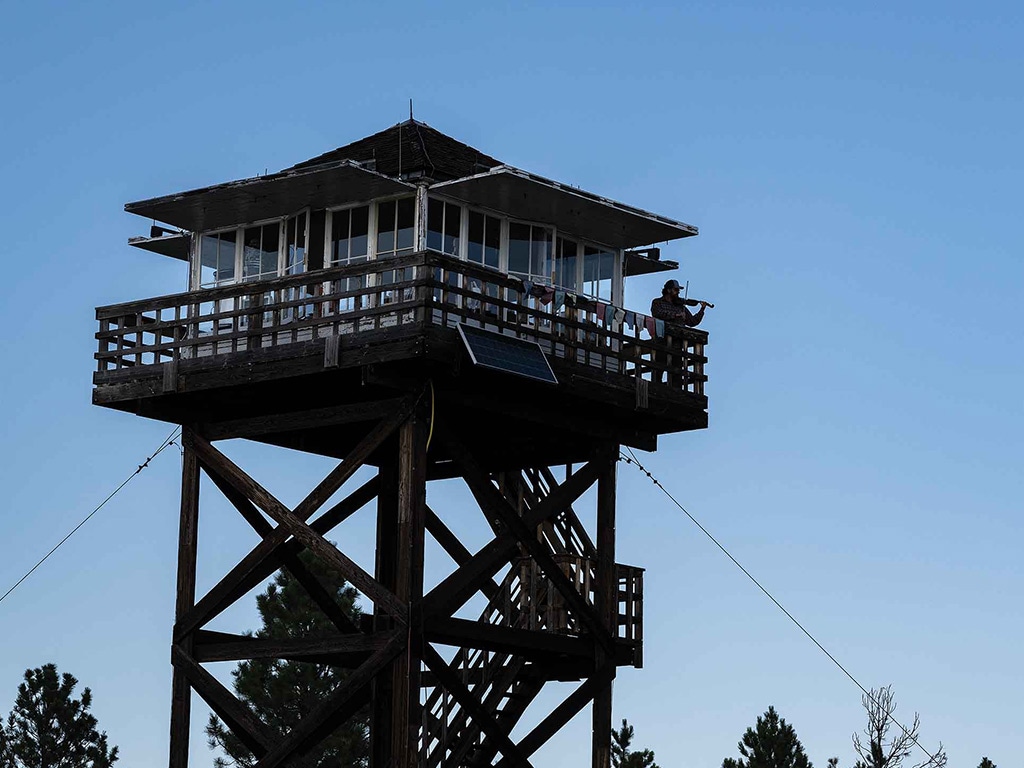Education, Livestock/Poultry March 01, 2024
Cut, Cut…Chop!
.
Meat collective teaches home cooks to break down whole animals.
As she steps aside for the students to take their first cuts through the 100-pound, half hog fresh from the cooler, Cecka Parks says, "Remember to saw through bone; cut through muscle. You don't want to tear the muscle fibers by sawing through them." Then she adds, "try not to cut where you cannot see your knife; don't worry about using the whole length of the blade."
Parks opened Minneapolis Meat Collective, a traveling butchery school based in the heart of south Minneapolis, in 2022. She offers hands-on, whole-animal butchery classes for home cooks to deepen their knowledge about the meat they use.
Her passion for this new venture came from thousands of short conversations Parks had over the meat counter at her neighborhood cooperative grocery store, where she worked as a butcher for several years prior.
Especially in the early days of the pandemic when her neighborhood was also experiencing extreme unrest following George Floyd's death, she says butchering good meat for her neighbors gave her purpose when she needed it the most.
The more she learned about her craft, the more she wanted to learn about the animals—how they are raised and how they are processed. As she says, "I was basically working my way back from the dinner plate to the farm."
At the same time, she noticed how many of her customers and neighbors were looking for alternative ways to access high-quality meat. She knew more than anyone that buying bulk meat is a good and economical option for many families but knowing how to divide it into the pieces you want and how to cook a wide variety of cuts is a barrier.
Following the concept started in 2010 with the Portland Meat Collective, she created Minneapolis Meat Collective to help remove that 100-pound block.
She helps five to eight people at a time dig right into a side of pork or lamb or a whole chicken. Just a few hours later, they walk away with a cooler full of fresh meat for their family, honed knife skills, refined knowledge about where each cut of meat originates on the animal, and a few new friends.
At the start of each class Parks and her assistant, Moriah Seaberg who is a butcher at another local meat shop, describe options for which meat cuts they will make out of the animal that day, and the students quickly notice how much of an art butchery is.
Seaberg says, "butchering is a lot about just having the courage to cut it how you want."
They point out where each cut comes from on the carcass and what it might be called on a side of beef or lamb compared to pork. The students immediately see how many options there are and how economical it really can be to do it yourself.
"A general rule of thumb is higher on the hog is a more expensive and more tender cut," Parks says.
She recommends students read Adam Danforth's manuals to continue learning about different cuts. "I think of his Butchery books as my bibles; seeing the photos and instructions together help me a lot."
Before getting started, the women also walk through all the knives and saws they use, paying close attention to how to safely sharpen and store them.
Above. Most of the Minneapolis Meat Collective classes are taught at City Food Studio, a shared commercial kitchen just north of George Floyd Square. During the class, each student gets to saw, cut, and grind a portion of the meat as Sarah Lillian (first image) and Aaron Olcerst (third image) are. Cecka Parks is passionate about good meat. Sharing her knowledge and skill with her community brings her immense joy.
Doing is learning. Tim Kelly, who took a fall 2023 hog breakdown class with his son, was amazed at what he'd learned. "You see the whole picture now. You don't ever see or understand how all the pieces fit together when you walk into a butcher shop, but taking it apart and cutting it up yourself shows you the whole puzzle."
As they broke the side down further from primal sections into individual pieces on that September day, Gretchen Hazelton had an aha moment about where exactly bacon is cut from and its original shape. "I hadn't realized that before, but it makes sense; they are three dimensional animals, of course."
For Sarah Lillian, a data scientist, the hands-on nature of the class was the most impressive. "I was surprised at the pleasure of cutting with the grain and peeling the pieces apart from each other."
These are exactly the take-aways Parks is hoping for from her students. "I want the participants to touch the kidney, feel the heart, and put their hand inside the mouth; it's a really great way to learn, like the Montessori philosophy that your mind remembers what the hand does."
"In its most basic description, butchery is a reductive process of making a lot of similar cuts to take something apart," Parks says. "It starts to make a little more sense once you can see the intersection of each piece. A few cuts and all of a sudden you have bone-in pork chops and ribeyes." ‡
Read More

SPECIALTY/NICHE
A Lookout and a Luthier
Remotely stationed fire lookout fills solitary summer hours crafting fine violins.

AGRICULTURE, FARM OPERATION
One Groovy Garlic Farm
Plus, a bonus: Grassfed lamb!






